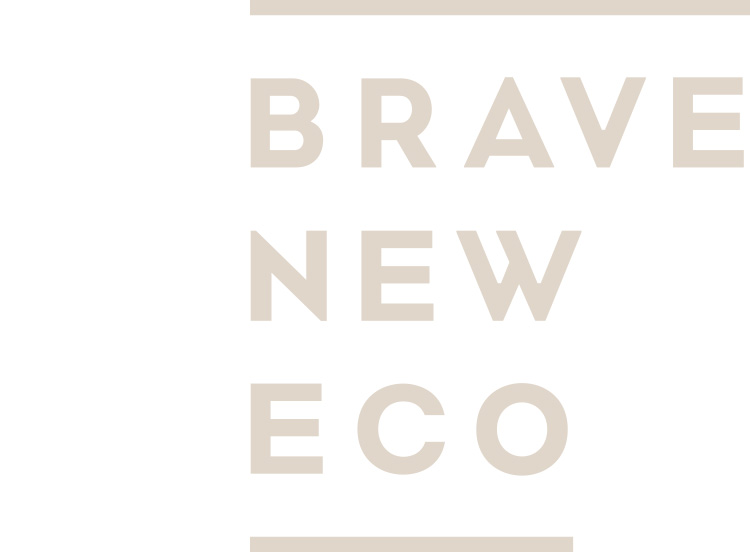The owners of this inner north Victorian weatherboard have installed insulation, solar hot water, photovoltaic panels, rainwater tanks, efficient heating and ceiling fans since having a home sustainability consultation with Brave New Eco.
The majority of Australians live in housing stock that was built with little or no consideration of energy efficiency. The average home over 10 years old would rate at between ZERO to TWO stars. In a rating system that now says new buildings should be a minimum of 6 stars you can see our existing housing stock is in a sad state, and is going to become increasingly expensive and uncomfortable to live in as energy prices and temperatures continue to rise.
Any renovation of change you make to your home is an oppurtunity to improve improve the thermal efficiency. With appropriate updating and retrofitting older and existing homes can be brought up to their full potential and be very comfortable and economical to live in.
The complexity of this task is that there is no ‘one size fits all’ solution as all houses are different and are often made up of a variety of materials, Every project we work on entials a ecologically sustainable retrofit considerations. We aim to the confusion and guess work out of where to start, what to do, what to use and in what order. Our design process begins with an inspection of the home and property to gather important information about the orientation, existing technologies, current thermal and insulative qualities, lighting, passive heating and cooling potential. We spend time discussing the way you live, , how long the occupants intend to live in the house, how to increase comfort and health in the house, and what human and economic resources are available. With this information we are able to outline the potential of your home from a sustainability perspective, and what is going to be relevant, practical, feasible and effective for your particular situation.
WHAT WE LOOK AT:
- Passive solar design - potential for passive heating and cooling
- Zoning
- Draft proofing and retro fitting insulation
- Auxiliary heating and cooling
- Hot water heating
- Renewable energy
- Rainwater harvesting and grey water use
- Energy efficient appliances
- Lighting, power saving technology
- Cross flow and passive stack ventilation
- Adapting spaces to facilitate sustainable lifestyle
- High performance windows and coverings
- Energy efficient Appliances
- Non-toxic materials
Retro-fits of existing spaces may not have the glamour and excitement of new sustainable buildings or stylish eco renovations, but they have more positive impact on our environmental footprint than either of those things. This is simply because they already exist!
It it the biggest gift you can give your home, to transform it for living in the 21st century. I like to think of it as up-cycling our housing stock into a new, more efficient product.
On top of that, once you properly insulate your home and upgrade your technologies, your comfort and enjoyment of that space will increase exponentially. So many of the retrofit changes are simple, and so effective and many of my clients cannot believe they have not done them sooner. Positive changes that can be made on any budget. Retrofit investments will be reflected in the value of your home in the future. As electricity, gas and water prices rise renters and home owners are becoming increasingly focused on the real cost of living in a potential house.
The most important factor about seeking expert advice about your home, is that it is impartial. If you do your research by talking to the suppliers of green products, they are likely to say your house needs their hotwater/ solar/ rainwater/ ventilation/ shading/ insulation system. We work to identify which investments are appropriate and will have the most satisfying impact on an environmental, economic and comfort level.

